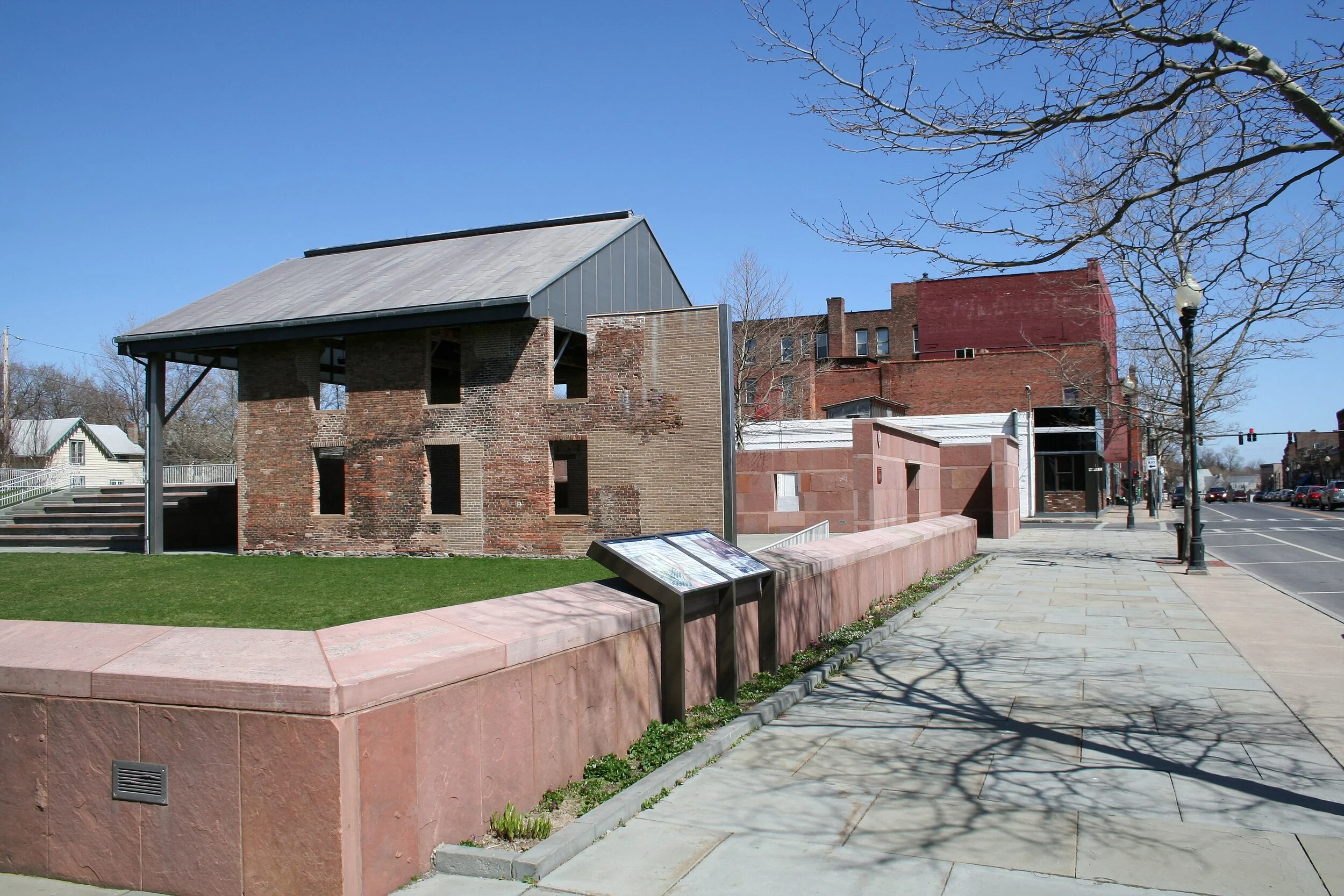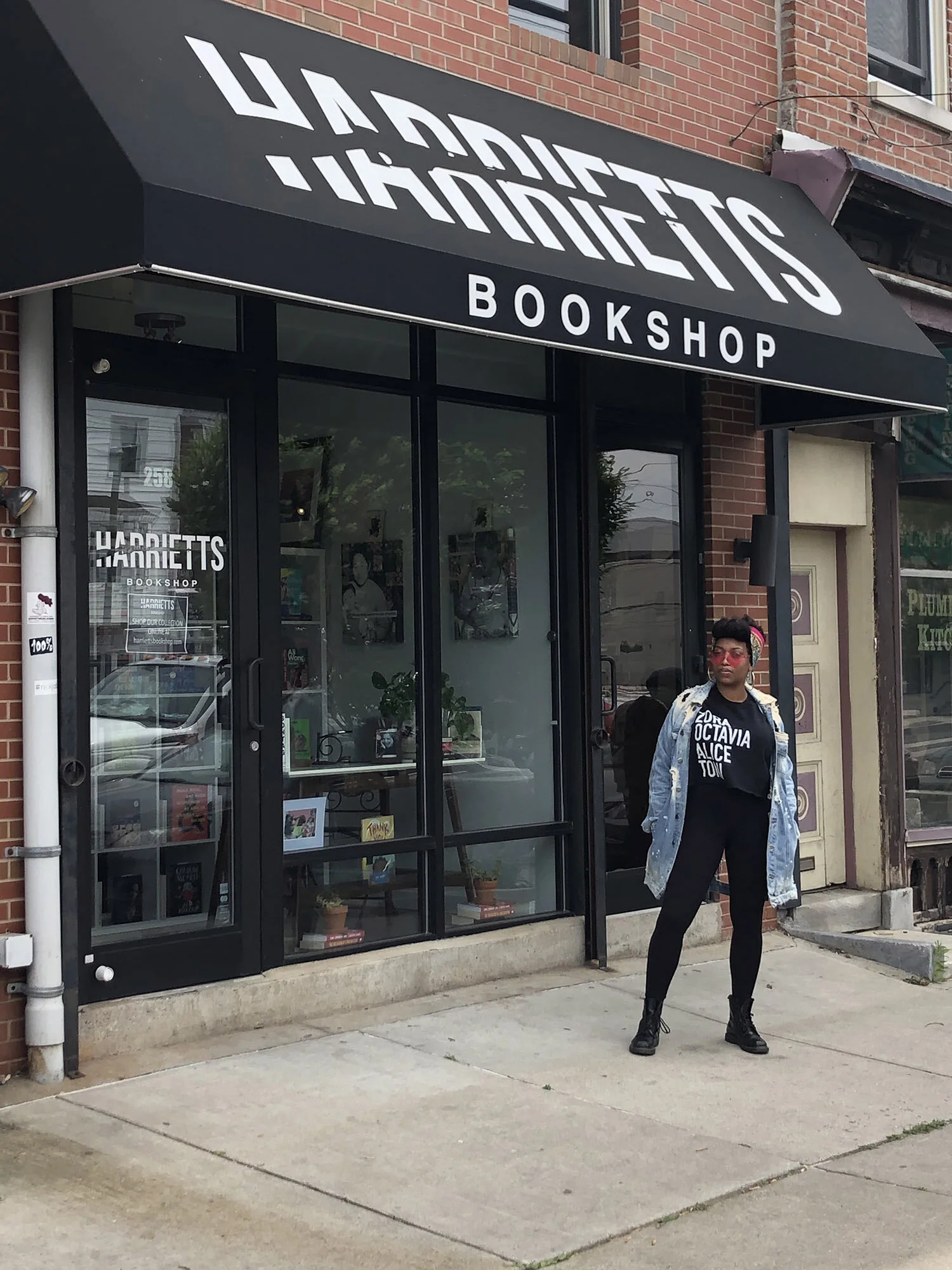Selective Memory: The Women the Suffrage Movement Forgot
Passed by Congress on June 4, 1919, ratified on August 18, 1920, and taking effect on August 26, 1920, the Nineteenth Amendment granted women the right to vote in all elections. But women of color are often erased from the suffrage story, and their influence and contributions remain unacknowledged.
The face of women’s suffrage is white, and that is intentional. When the history of suffrage is taught in grade schools, children learn about pioneers like Susan B. Anthony and Elizabeth Cady Stanton. But we don’t learn about the racism the movement was steeped in. We don’t learn how quickly equality for Black women was sacrificed for the rights of white women.
We learn about Lucretia Mott, who helped draft the Declaration of Sentiments, proclaiming women’s grievances and calling on American women to fight for equality. We don’t hear that she spent the previous summer learning from Native American women of the Seneca Nation. Marie Louise Bottineau Baldwin of the Turtle Mountain Chippewa (1863-1952), a fierce advocate for Native women’s rights, asserted that Native women were among the first suffragists.
Mary Church Terrell
The Black and Indigenous Women of Color (BIWOC) who were integral to the movement are largely absent from the narrative. Women like Mary Church Terrell, an educator, activist, and first president of the National Association of Colored Women. Terrell was behind the motto “Lifting as We Climb,” which was adopted by Black suffragists. Or Dr. Mabel Ping Hua Lee, who was advocating for the rights of American women before Chinese immigrants were even able to become naturalized citizens.
When we speak about suffrage, we must remember to say these women’s names as well. We must remember that they came from whole communities of BIWOC who have been largely left out of history’s recounting of this milestone.
Satya Nelms
Associate Editor




